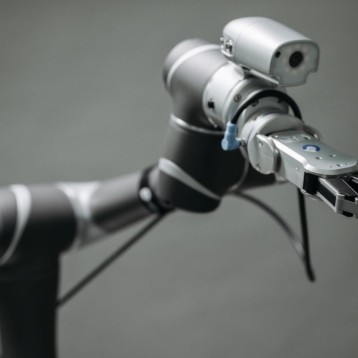Several teams of researchers from the U.S. and the U.K. are working on creating the first robotic bees which could mimic parts of the behavior of living bees but also be able to perform many other useful tasks.
Two research teams – one from the universities of Sheffield and Sussex and one from Harvard University are working on developing autonomously robotic bee like devices that can operate in large groups or on their own.
–
–
Bees are not important just because of their honey making abilities but mainly for their important part pollinating crops. In recent years bee colonies in north America and other places around the world have suffered from Colony collapse disorder (CCD) – an abrupt disappearance of bee colonies for unknown reasons. This leaves farmers bewildered and struggling to find ways to pollinate their crops.
The British researchers are trying to create a model of a bee’s brain which apparently can perform complicated tasks using only one million neurons. To develop a real time model of the bee’s brain the researchers created the "Green Brain" project using NVIDIA powerful graphic processors which will try to help the researchers how the honey bee’s vision and sense of smell actually work.
More information on the Green Brain project can be found on the University of Sheffield’s Faculty of Engineering website.
–
–
The Engineers from Harvard University have even higher aspiration for their artificial bee project. By leveraging on previous breakthroughs from Professor Robert Wood Microrobotics Lab, which conducted the first successful flight of a life-sized robotic fly in 2007, the Harvard team is looking for ways to create artificial insects capable of:
- Autonomously pollinating a crops.
- Search and rescue operations in disaster struck areas.
- Scout hazardous environments.
- Perform military surveillance.
- Map climate change in high resolution.
- Perform real time traffic monitoring.
Although similar aims have been set for other ambitious robotic projects, been are prime candidates for performing such tasks with their sophisticated group behavior, large numbers and good flight capabilities.
–
More information on the Harvard University project can be found on the research group’s blog.
More information on the Harvard University project can be found on the research group’s blog.











